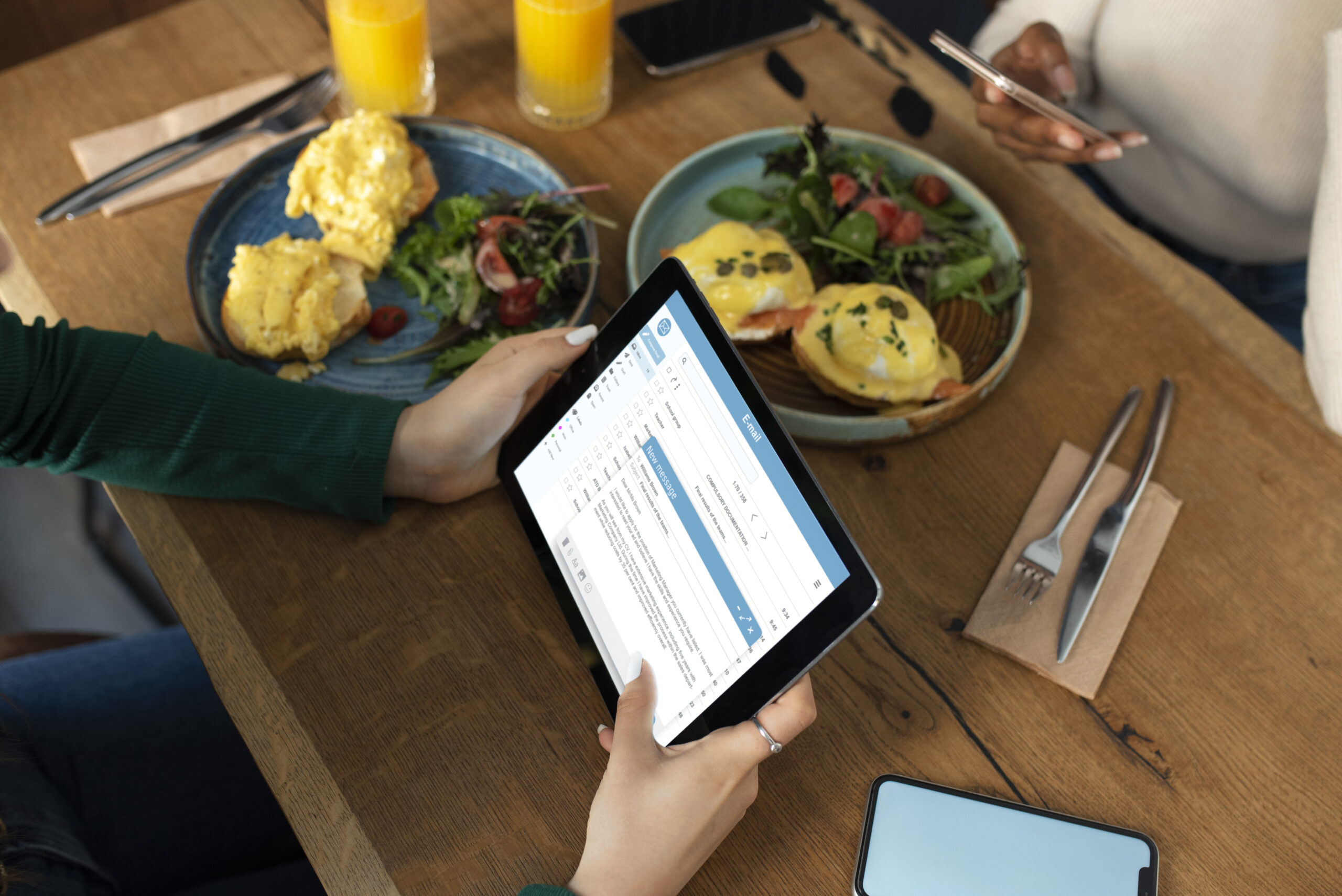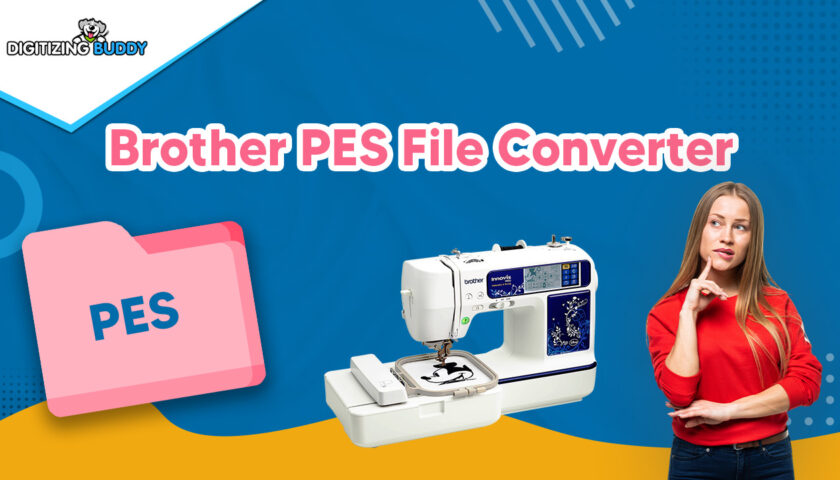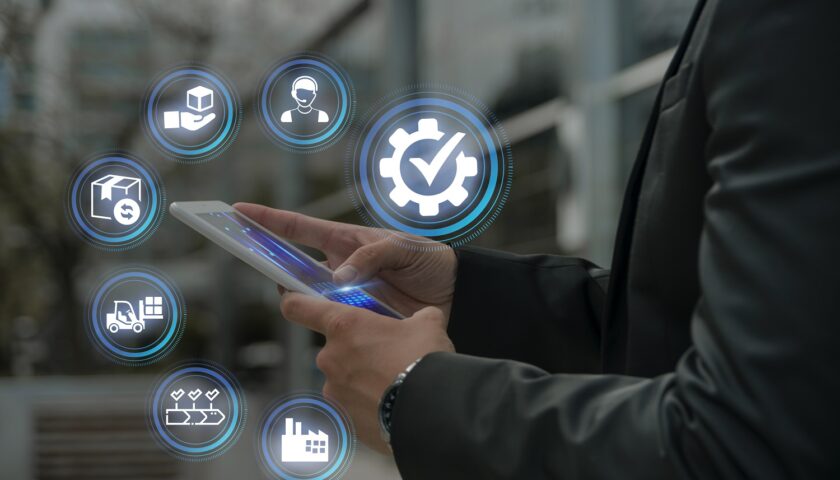In today’s fast-paced and highly competitive restaurant industry, effective management is the key to success. From inventory tracking and staff scheduling to customer reservations and order management, every aspect of restaurant operations needs to be meticulously organized to ensure smooth and profitable functioning. Fortunately, technology has evolved to offer a helping hand in the form of powerful software tools designed specifically for restaurant management. In this article, we will explore the various aspects of restaurant software and how these software tools can empower restaurant owners and managers to streamline their operations, enhance customer experience, and boost overall profitability.
The Complexity of Restaurant Management
Restaurant management is no walk in the park. It involves juggling multiple tasks, adhering to strict schedules, and maintaining high-quality standards—all while ensuring customer satisfaction. Here are some of the key challenges faced by restaurant owners and managers:
1. Inventory Management
Managing inventory efficiently is crucial for maintaining profitability in the restaurant business. It involves keeping track of food and beverage supplies, monitoring shelf life, and minimizing waste. Poor inventory management can lead to overstocking, food spoilage, and increased operational costs.
2. Staff Scheduling
Scheduling staff members effectively is a puzzle that restaurant managers must solve every week. Balancing the right number of employees for each shift, considering their availability and skills, and adhering to labor laws can be a daunting task.
3. Customer Reservations
Managing customer reservations is essential to avoid overbooking and ensure a smooth flow of guests throughout the day. It also involves keeping track of special requests, seating preferences, and customer information to provide personalized service.
4. Order and Kitchen Management
Taking and processing orders accurately is critical for customer satisfaction. Ensuring that the kitchen staff receives orders promptly and in the right sequence is equally important to avoid delays and errors.
5. Billing and Payment Processing
Efficient billing and payment processing are essential for a hassle-free dining experience. It includes handling various payment methods, splitting bills, and ensuring the accuracy of the final checks.
6. Marketing and Customer Engagement
Promoting the restaurant and engaging with customers to build loyalty is an ongoing effort. This includes email marketing, social media management, and customer feedback analysis.
7. Compliance and Reporting
Restaurants must adhere to various regulations, including food safety, labor laws, and tax requirements. Keeping accurate records and generating necessary reports is time-consuming but essential for legal and financial reasons.
Managing all these aspects simultaneously can be overwhelming without the right tools and systems in place. This is where restaurant management software steps in to simplify the process and provide a comprehensive solution.
The Power of Restaurant Management Software
Restaurant software is designed to streamline operations, enhance efficiency, and improve overall customer experience. These software tools come in various forms, from on-premises solutions to cloud-based platforms, and offer a wide range of features tailored to the specific needs of the restaurant industry. Let’s dive into some of the most critical functions and benefits of these tools:
1. Inventory Management
Effective inventory management software helps restaurants keep track of their supplies in real-time. It allows you to monitor stock levels, track ingredient usage, and set up automatic reorder points. With this data, you can reduce food waste, lower operational costs, and ensure you always have the right ingredients on hand.
Moreover, modern inventory management systems often include features like barcode scanning and vendor integration, making it easier to manage inventory efficiently. For instance, when a shipment arrives, the system can automatically update inventory levels and generate purchase orders as needed.
2. Staff Scheduling
Restaurant scheduling software simplifies the process of creating employee schedules. It takes into account factors such as staff availability, skill sets, labor laws, and peak business hours to optimize staffing levels. By minimizing overstaffing and understaffing, you can save on labor costs while ensuring that you have the right number of employees to meet customer demand.
Some scheduling tools even offer employee self-service portals, allowing staff members to request time off, swap shifts, or check their schedules online, reducing the administrative burden on managers.
3. Customer Reservations
Managing restaurant reservations is crucial for ensuring a smooth flow of customers. Reservation management software provides an easy way to track bookings, assign tables, and record customer preferences. It can also send automated confirmation emails or SMS notifications to customers, reducing no-shows.
Additionally, reservation systems often integrate with the Restaurant POS System, enabling staff to view and manage reservations directly from their POS terminals, improving communication and efficiency.
4. Order and Kitchen Management
Restaurant management software optimizes the order-taking process, reducing errors and delays. Orders can be entered digitally at the table or via mobile devices, and they are transmitted directly to the kitchen. This eliminates the need for handwritten tickets and ensures that orders are accurate and prompt.
Kitchen display systems (KDS) are often integrated into restaurant management software, allowing kitchen staff to view and prioritize orders in real-time. This streamlines food preparation, reduces wait times, and enhances the dining experience for customers.
5. Billing and Payment Processing
Modern POS systems, which are often part of restaurant management software suites, make billing and payment processing a breeze. They support various payment methods, including credit cards, mobile wallets, and cash. Additionally, they can split bills, apply discounts, and calculate taxes automatically.
Furthermore, POS systems can track sales and generate detailed reports on revenue, helping you gain insights into your restaurant’s performance and make informed decisions.
6. Marketing and Customer Engagement
Restaurant management software often includes marketing and customer engagement features. It can capture customer data, such as email addresses and dining preferences, to build a database for targeted marketing campaigns. Automated email marketing tools can send promotions, special offers, and event invitations to engage with customers and encourage repeat business.
Additionally, many software solutions integrate with social media platforms, allowing restaurants to manage their online presence and engage with customers on various channels.
7. Compliance and Reporting
Restaurant management software helps ensure compliance with various regulations. It can generate reports for tax purposes, track employee hours for labor law compliance, and maintain records related to food safety and hygiene. By automating these processes, restaurant owners can reduce the risk of legal issues and penalties.
Choosing the Right Software for Your Restaurant
Selecting the right restaurant management software is a critical decision that can significantly impact your business. Here are some key factors to consider when making your choice:
1. Type of Restaurant
The software you choose should be tailored to the type of restaurant you operate. Fine dining establishments, fast-food chains, cafes, and food trucks have different needs, so look for software that caters to your specific niche.
2. Scalability
Consider whether the software can grow with your business. You don’t want to invest in a solution that will become inadequate as your restaurant expands. Look for software that offers scalability and additional features as needed.
3. Integration
Check if the software can integrate with other tools you use, such as accounting software, online ordering platforms, or loyalty programs. Seamless integration can save you time and reduce errors.
4. User-Friendliness
Ease of use is crucial, as your staff will need to learn and use the software daily. An intuitive interface and comprehensive training and support are essential.
5. Pricing
Evaluate the cost of the software, including setup fees, monthly or annual subscriptions, and any additional charges for features or support. Consider the return on investment (ROI) you expect to achieve through improved efficiency and customer satisfaction.
6. Mobile Access
In today’s mobile-centric world, having the ability to access and manage restaurant operations from mobile devices is a significant advantage. Look for software that offers mobile apps or browser-based access for on-the-go management.
Real-World Success Stories
To illustrate the impact of restaurant management software, let’s explore a few real-world success stories:
1. “Joe’s Pizzeria”
Joe’s Pizzeria, a popular local pizza joint, was struggling to keep up with increasing customer demand during peak hours. Orders were often delayed, and customers grew frustrated. Joe implemented restaurant management software that streamlined the order-taking process and integrated with a digital menu board. Now, customers can place their orders quickly, and the kitchen receives them instantly. This not only improved customer satisfaction but also increased overall sales due to faster service.
2. “Fine Dining Bistro”
A fine dining bistro in a tourist-heavy area faced challenges in managing reservations, especially during the busy summer season. They adopted reservation management software that allowed customers to book tables online and receive instant confirmations. The system also provided real-time data on table availability, helping the restaurant optimize its seating arrangement. As a result, the bistro saw a significant reduction in no-shows and increased customer retention.
3. “Café on the Corner”
A cozy café in a trendy neighborhood wanted to enhance its marketing efforts but had limited resources. They started using restaurant management software with built-in email marketing tools. By collecting customer email addresses and sending out monthly newsletters with promotions and updates, the café saw a 20% increase in repeat customers and a noticeable boost in weekday business.
The Future of Restaurant Management Software
As technology continues to advance, the future of restaurant management software looks promising. Here are some trends to watch for:
1. Artificial Intelligence (AI) and Machine Learning
AI and machine learning algorithms will become more prevalent in restaurant management software. These technologies can analyze customer data, predict demand, optimize pricing, and even suggest menu changes based on customer preferences.
2. Contactless Dining
The COVID-19 pandemic accelerated the adoption of contactless dining solutions. QR code menus, mobile ordering, and payment options will likely remain popular, providing customers with a seamless and safe dining experience.
3. Enhanced Analytics
Restaurant management software will offer more advanced analytics and reporting capabilities. Owners and managers will have access to real-time data, allowing for quicker decision-making and the ability to adjust strategies on the fly.
4. Sustainability Features
With an increasing focus on sustainability, restaurant management software may include tools to help track and reduce food waste, manage energy consumption, and make environmentally responsible sourcing decisions.
Conclusion
Restaurant management is a multifaceted endeavor that requires precision, efficiency, and a customer-centric approach. Powerful software tools have emerged as indispensable assets for modern restaurants, helping them navigate the complexities of daily operations, from inventory management and staff scheduling to customer engagement and compliance.
By carefully selecting the right restaurant management software for your establishment, you can transform your restaurant into a well-oiled machine that delights customers, maximizes profits, and stays ahead of the competition. Embrace the technological revolution in the restaurant industry, and master the art of restaurant management with these powerful software tools. Your success may depend on it.





